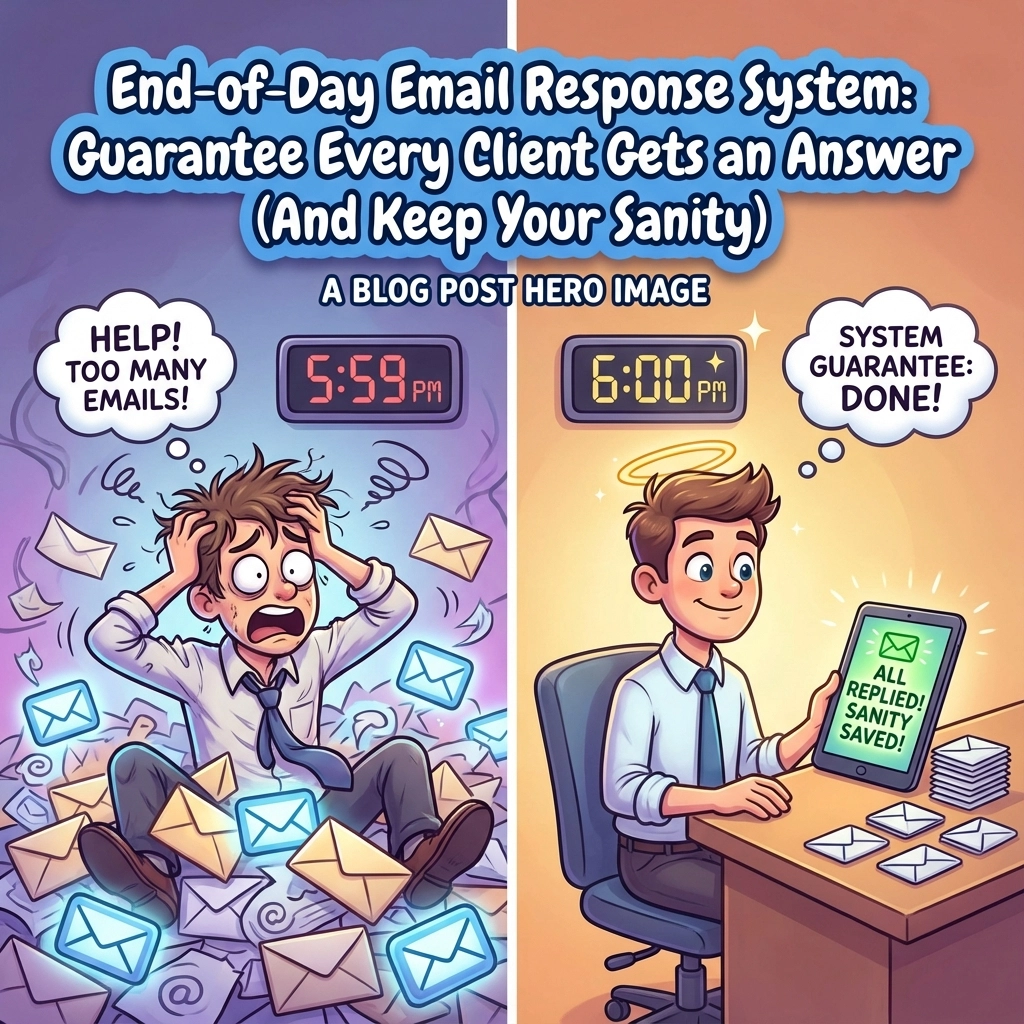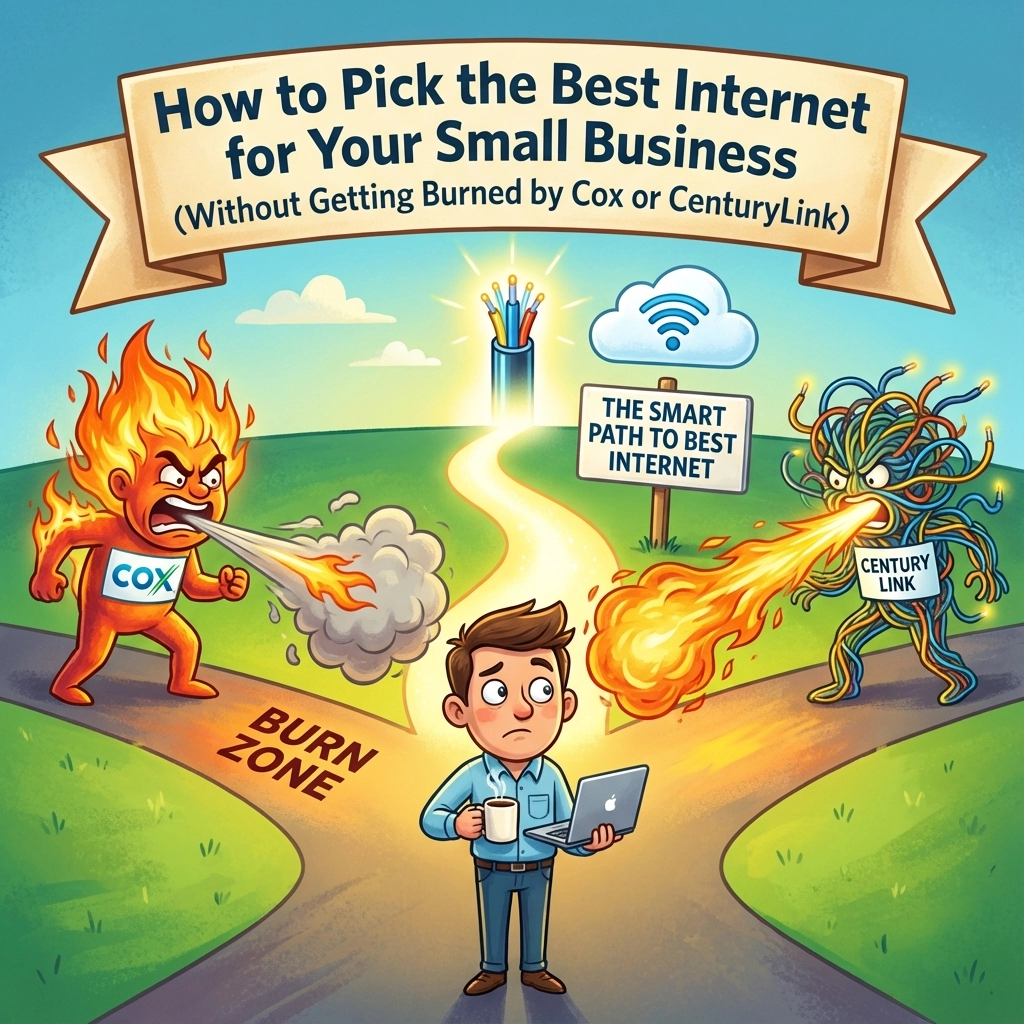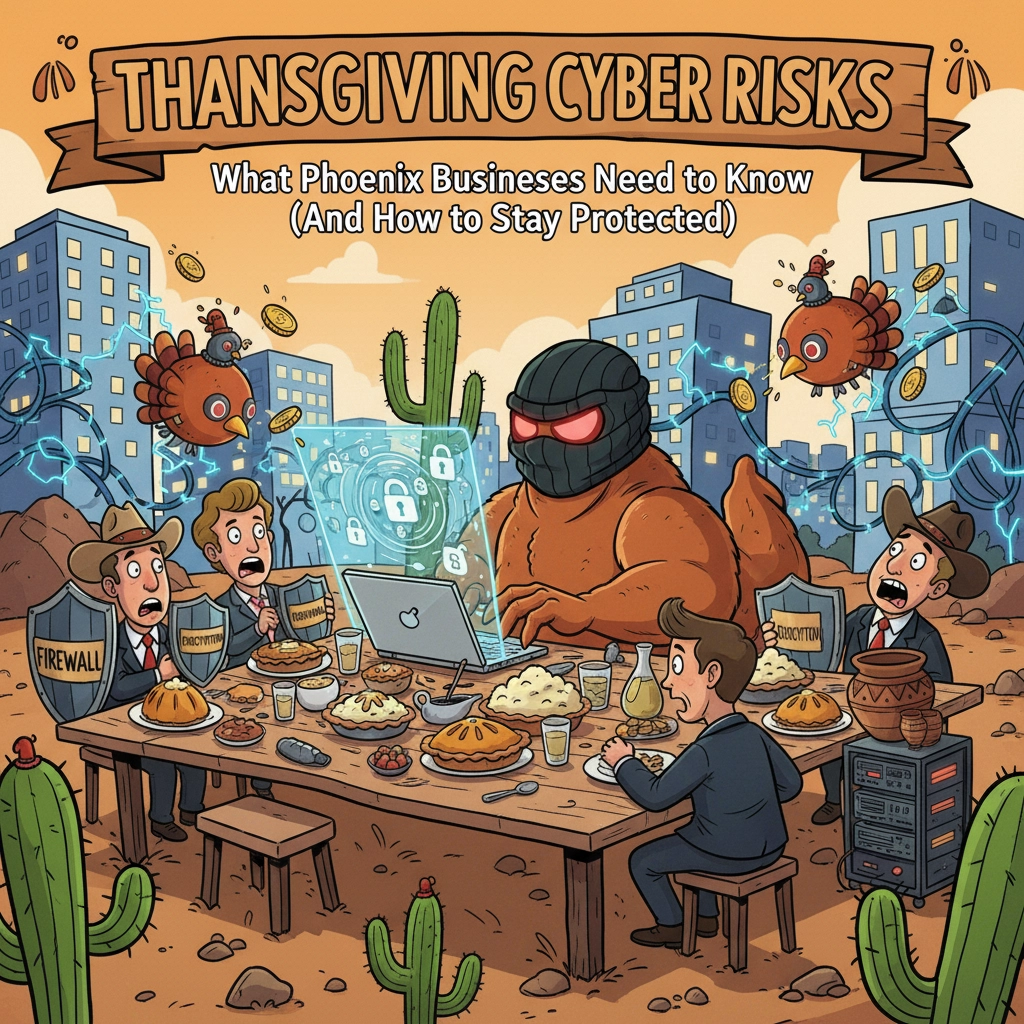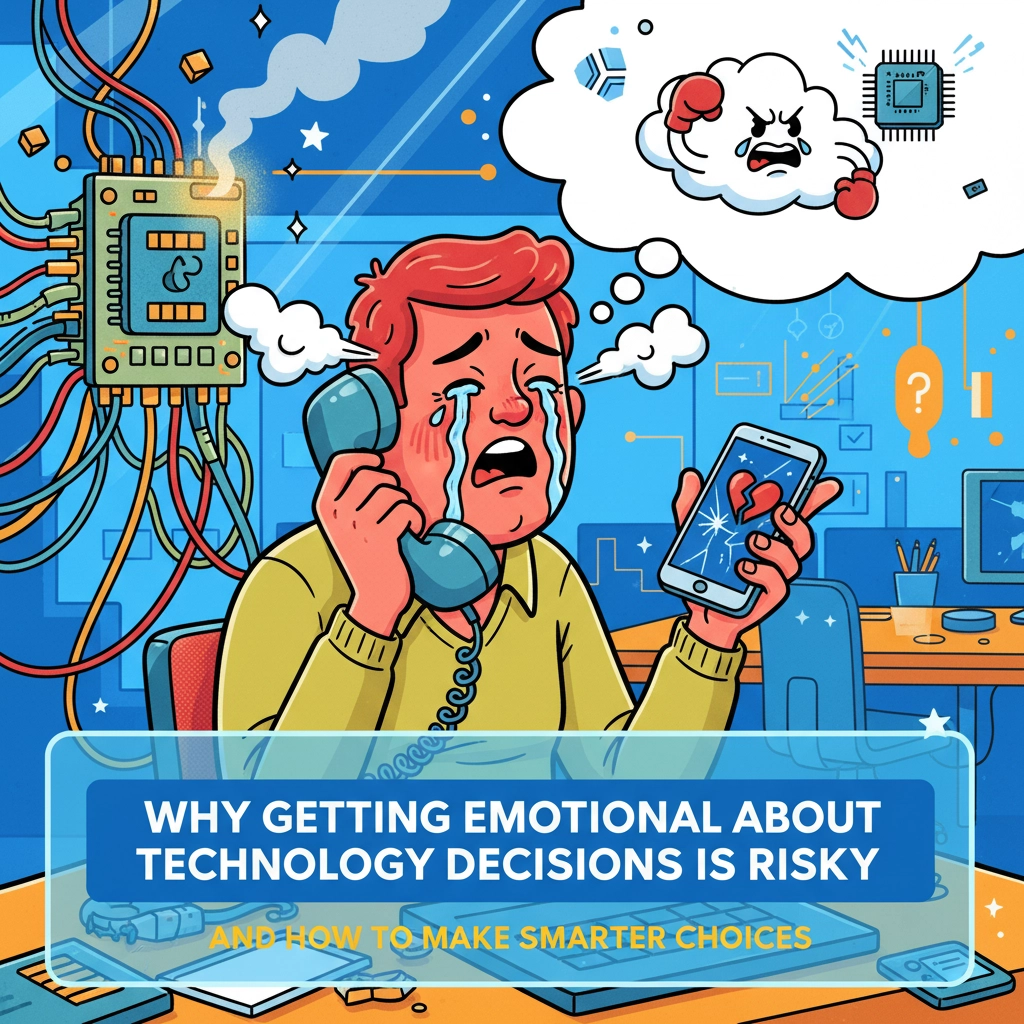The game has changed: unauthorized tech use has exploded and “Shadow IT”—once a naughty buzzword—has become both a massive risk and the secret sauce behind rapid innovation. Add to this the rise of generative AI tools like ChatGPT, Gemini, and Claude, and suddenly the old “lock everything down” approach is not just outdated, it’s a competitive liability.
The Ubiquity of Shadow IT (and AI)
Let’s say this loud for the folks still hoping to stop it: Shadow IT is everywhere. Try all you want to clamp down, but research consistently shows that upwards of 80% of staff actively use unsanctioned apps and services.[1] Employees bring their own devices, install productivity SaaS tools, and, increasingly, tap into AI models far outside official oversight.
And if you think AI is different? You’re dreaming. Gartner projects that by 2027, three out of four employees will create, modify, or source technology outside IT’s visibility—an almost 2x jump in under five years.[4] That’s not a blip. It’s a tidal wave moving in one direction.
Why is this happening? Real talk: It’s because employees WANT to get things done faster, smarter, and with less friction than corporate IT usually allows. From circumventing slow approval processes to sidestepping clunky software, Shadow IT is overwhelmingly a productivity play. Banning useful tools is like banning coffee in a newsroom: pointless and counterproductive.

How Shadow IT & Shadow AI Shred Security—and Compliance
Before we wax poetic about the productivity boost, let’s be real: Shadow IT isn’t just a rebellious phase. It’s dangerous if ignored. Unvetted apps and platforms create gaping holes in your company’s defenses:
- Security Review? What’s That? Employees dump company and client data into tools that never made it through your security checklist. Many such apps—even wildly popular ones—are riddled with weak default settings and misconfigurations. Hello, ransomware threat actors!
- Data Breach Nightmare: It’s not paranoia if it keeps happening. The average breach costs north of $4.8 million.[5] When employees input trade secrets or customer details into unauthorized AI platforms, those AIs could end up regurgitating confidential info straight to the competition.
- Regulatory Madness: If Shadow AI is used to handle personal or sensitive data, you can blow through GDPR, HIPAA, or PCI compliance in a single keystroke. The cost? Fines up to four percent of global revenue—with a side of customer trust meltdown.[2]
Fun fact: A “no AI” policy won’t keep employees from using AI. It’ll only keep IT, legal, and compliance in the dark.
Blind Spots Everywhere: The Attack Surface Grows
Every new shadow tech tool is another layer your security team can’t see—and can’t defend. Tools outside your network management, monitoring, or endpoint protection solutions are a dream come true for would-be attackers. Phishing, ransomware, and data exfiltration risks multiply wherever IT visibility ends.
Shadow AI isn’t just another app. It’s a potential bridge out of your network. Plugging into free or unauthorized paid AI interfaces—often through personal accounts—is all too common. As a result, tracking critical data flows can feel like chasing cats in a hurricane.

Business Integrity Under Siege: Decision-Making under the Shadow
Unauthorized AI doesn’t just carry compliance or security risks; it actively undermines business intelligence and operational integrity.
- Opaque Decisions: AI models—especially if unvetted—are black boxes. One wrong parameter or poorly trained model and you’re making hiring, firing, or investment decisions based on garbage data.
- Bias & Legal Risk: Unapproved AI, like resume screening tools or AI-driven analytics, quietly introduces discrimination, “hallucinated” results, or bias. No one can audit the model or its reasoning, leaving companies wide open to disaster and lawsuits.
- Oops… Can’t Even Audit: If IT doesn’t know the tool exists, forget about post-incident forensics or regulatory defense. You can’t investigate what you never tracked.
The Paradox: Innovation vs. Security
Here’s the real source of corporate migraines: the exact tools employees sneak into workflows are often the same ones your competitors openly embrace. Shadow IT is both your critical risk and your growth engine.
Want proof? Studies show nearly 70% of companies admitted a Shadow IT-related compromise in the last three years.[1] But employees keep using these tools because the productivity, creativity, and agility boosts are just too irresistible.
Clamp down hard and you might ‘win’ the compliance trophy—right before your best staff bolt for a competitor that actually trusts them. (And trust us: talent retention is the only sustainable competitive advantage in the next decade.)
AI Tool Monoculture = Slow Death
A lot of big organizations think they’re safe by choosing a single “approved” AI platform, forcing everyone into one model like GPT-4 or Claude. The reality? That’s dangerous, too.
- No model reigns supreme: Gemini nails video, Claude outpaces at code, GPT-4 still leads in many general tasks. Don’t put all your eggs in one LLM basket.
- Vendor lock-in: Companies who stick with one vendor are doomed to slow feature rollouts, surprise price hikes, and minimal real negotiation leverage.
- Compliance chaos: As regulatory sands shift, a multi-vendor approach lets you move quickly when policies get tough.
Shadow IT Is Unavoidable—So Manage, Don’t Suppress
After years in the cyber trenches, here’s the truth: Trying to squash Shadow IT and AI is a losing battle. The only rational move is to get in front of it and manage the risk (without throttling innovation).
What Smart Enterprises Do:
- Tier risk, not users. Not every tool needs the same controls. Segment AI and SaaS apps into low, medium, and high-risk categories—and act accordingly.
- Make access easy (and transparent). A quick approval process beats workarounds every time. Want to know what everyone’s using? Make it painless to get the green light.
- Continuous audits & engagement. Proactively scan for new tools, involve your in-house innovators, and keep up regular risk reviews.
- Educate, don’t just block. Show employees the risks of shady tools and how to work safely—then give them a path to request new stuff.

The New MSP Playbook: Survive and Win
At Your Personal Ninja, we’ve watched this shift up close—supporting everyone from overwhelmed IT managers to ambitious marketing teams who just need that new SaaS tool, now. (And sometimes both in the same week.) Our approach? Blend security, flexibility, and relentless support. From cybersecurity consulting to network management and behind-the-scenes admin, we’re about keeping you agile AND protected.
If Shadow IT is inevitable, let’s turn it into a source of competitive advantage. Need help building the policies, tech stack, or training to stop firefighting and start leading? Learn how we help IT leaders actually get ahead.
The Bottom Line
You can’t out-ban creativity. But you CAN build processes and a risk-informed culture where innovation flourishes and your brand, data, and clients stay safe. It’s time to stop fighting Shadow IT and start using it—smartly.

References:
[1] https://www.zluri.com/blog/shadow-it-statistics-key-facts-to-learn-in-2024[2] https://trustible.substack.com/p/how-trumps-ai-action-plan-reshapes
[3] https://www.auvik.com/franklyit/blog/shadow-it-stats/
[4] https://www.mckinsey.com/capabilities/mckinsey-digital/our-insights/superagency-in-the-workplace-empowering-people-to-unlock-ais-full-potential-at-work
[5] https://www.ibm.com/think/insights/how-does-ai-improve-efficiency
Looking for a partner who embraces the reality of Shadow IT and empowers your business to thrive—securely and competitively? That’s what we do, every day, at Your Personal Ninja.
Share this:
- Click to share on Facebook (Opens in new window) Facebook
- Click to share on Tumblr (Opens in new window) Tumblr
- Click to share on X (Opens in new window) X
- Click to share on Pocket (Opens in new window) Pocket
- Click to share on Pinterest (Opens in new window) Pinterest
- Click to share on LinkedIn (Opens in new window) LinkedIn




